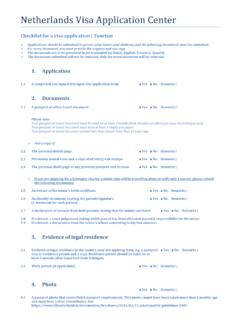


The satellite also executed several realtime transmissions before the non-rechargeable batteries failed on 30 December 1958 after eight hours of actual operation. It was used to send a Christmas greeting to the world from U.S. The first satellite purpose-built to actively relay communications was Project SCORE, led by Advanced Research Projects Agency (ARPA) and launched on 18 December 1958, which used a tape recorder to carry a stored voice message, as well as to receive, store, and retransmit messages. The Atlas-B with SCORE on the launch pad the rocket (without booster engines) constituted the satellite. After achieving the first transoceanic communication between Washington, D.C., and Hawaii on 23 January 1956, this system was publicly inaugurated and put into formal production in January 1960. Military planners had long shown considerable interest in secure and reliable communications lines as a tactical necessity, and the ultimate goal of this project was the creation of the longest communications circuit in human history, with the moon, Earth's natural satellite, acting as a passive relay. Work that was begun in the field of electrical intelligence gathering at the United States Naval Research Laboratory in 1951 led to a project named Communication Moon Relay. Passive satellites were the first communications satellites, but are little used now. Active satellites, on the other hand, amplify the received signal before retransmitting it to the receiver on the ground.

Since the satellite is so far above Earth, the radio signal is attenuated due to free-space path loss, so the signal received on Earth is very, very weak. With passive satellites, the reflected signal is not amplified at the satellite, and only a very small amount of the transmitted energy actually reaches the receiver. Passive satellites only reflect the signal coming from the source, toward the direction of the receiver. There are two major classes of communications satellites, passive and active. Early active and passive satellite experiments The launch of Sputnik 1 was a major step in the exploration of space and rocket development, and marks the beginning of the Space Age. The satellite was not placed in orbit for the purpose of sending data from one point on earth to another the radio transmitter was meant to study the properties of radio wave distribution throughout the ionosphere. Sputnik 1 was equipped with an on-board radio- transmitter that worked on two frequencies of 20.005 and 40.002 MHz, or 7 and 15 meters wavelength. It was developed by Mikhail Tikhonravov and Sergey Korolev, building on work by Konstantin Tsiolkovsky. The first artificial Earth satellite was Sputnik 1 which was put into orbit by the Soviet Union on 4 October 1957. Clarke is often quoted as being the inventor of the concept of the communications satellite, and the term 'Clarke Belt' is employed as a description of the orbit. The article described the fundamentals behind the deployment of artificial satellites in geostationary orbits for the purpose of relaying radio signals. Clarke published an article titled "Extraterrestrial Relays" in the British magazine Wireless World. 4 Frequency allocation for satellite systems.1.4 International commercial satellite projects.1.3 More firsts and further experiments.1.2 Early active and passive satellite experiments.This allocation of bands minimizes the risk of signal interference. To avoid signal interference, international organizations have regulations for which frequency ranges or "bands" certain organizations are allowed to use. Communications satellites use a wide range of radio and microwave frequencies. The purpose of communications satellites is to relay the signal around the curve of the Earth allowing communication between widely separated geographical points. The high frequency radio waves used for telecommunications links travel by line of sight and so are obstructed by the curve of the Earth. Most communications satellites are in geostationary orbit 22,300 miles (35,900 km) above the equator, so that the satellite appears stationary at the same point in the sky therefore the satellite dish antennas of ground stations can be aimed permanently at that spot and do not have to move to track the satellite. As of 1 January 2021, there are 2,224 communications satellites in Earth orbit. Communications satellites are used for television, telephone, radio, internet, and military applications. A communications satellite is an artificial satellite that relays and amplifies radio telecommunication signals via a transponder it creates a communication channel between a source transmitter and a receiver at different locations on Earth.


 0 kommentar(er)
0 kommentar(er)
